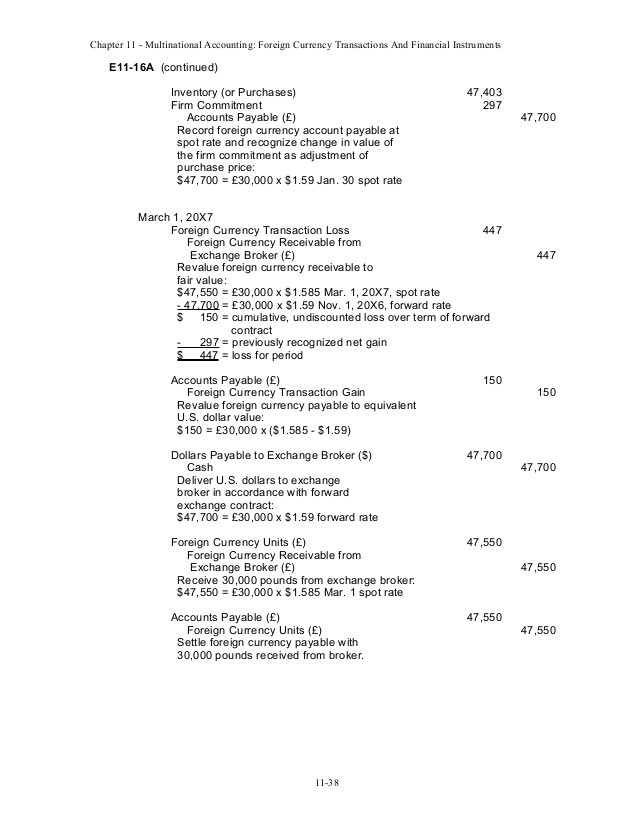Finance Chapter 56 Recording Transactions on the Balance of Payments
Post on: 16 Март, 2015 No Comment

In this section we demonstrate how international transactions are recorded on the balance of payment accounts. The balance of payments accounts can be presented in ledger form with two columns. One column is used to record credit entries. The second column is used to record debit entries.
Almost every transaction involves an exchange between two individuals of two items believed to be of equal value. (1) Thus, if one person exchanges $20 for a baseball bat with another person, then the two items of equal value are the $20 of currency and the baseball bat. The debit and credit columns in the ledger are used to record each side of every transaction. This means that every transaction must result in a credit and debit entry of equal value.
By convention, every credit entry has a + placed before it while every debit entry has a -. The plus on the credit side generally means that money is being received in exchange for that item while the — on the debit side indicates a money payment for that item. This interpretation in the balance of payments accounts can be misleading, however, since in many international transactions, as when currencies are exchanged, money is involved on both sides of the transaction. Simple rules of thumb to help classify entries on the balance of payments follows:
1) Any time an item (good, service or asset) is exported from a country, the value of that item is recorded as a credit entry on the balance of payments,
and
2) any time an item is imported into a country, the value of that item is recorded as a debit entry on the balance of payments.
In the following examples we will consider entries on the US balance of payments accounts. Since it is a US account, the values of all entries are denominated in US dollars. Note that each transaction between a US resident and a foreign resident would result in an entry on both the domestic and the foreign balance of payments accounts, but, we will look at only one country’s accounts.
Finally, we will classify entries in the balance of payments accounts into one of the two major sub-accounts, the current account or the financial account. Any time an item in a transaction is a good or a service, that value of that item will be recorded in the current account. Any time an item in a transaction is an asset, the value of that item will be recorded in the financial account.
Note: In June 1999, what was previously called the capital account was renamed the financial account in the US balance of payments. A capital account stills exists, but now includes only exchanges in non-produced, non-financial assets. This category is very small, including such items as debt forgiveness and transfers by migrants. However, for some time, it will be common for individuals to use the term capital account to refer to the present financial account. So be warned.
A Simple Exchange Story

Consider two individuals, one a resident of the US, the other a resident of Japan. We will follow them through a series of hypothetical transactions and look at how each of these transactions would be recorded on the balance of payments. The exercise will provide insight into the relationship between the current account and the financial account and give us a mechanism for interpreting trade deficits and surpluses.
Step 1: We begin by assuming that each individual wishes to purchase something in the other country. The US resident wants to buy something in Japan and thus needs Japanese currency (yen) to make the purchase. The Japanese resident wants to buy something in the US and thus needs US currency (dollars) to make the purchase. Therefore, the first step in the story must involve an exchange of currencies.
So let’s suppose the US resident exchanges $1000 for 112,000 on the foreign exchange market at a spot exchange rate of 112/$. The transaction can be recorded by noting the following:
1) The transaction involves an exchange of currency for currency. Since currency is an asset, both sides of the transaction are recorded on the financial account.
2) The currency exported is $1,000 in US currency, hence we have made a credit entry in the financial account in the Table below. What matters is not whether the item leaves the country, but that the ownership changes from a US resident to a foreign resident.
3) The currency imported into the country is the 112,000. We record this as a debit entry on the financial account and value it at the current exchange value which is $1000 as noted in the Table.














